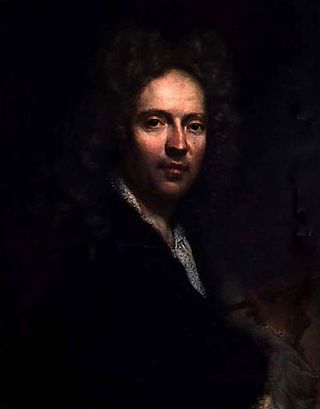Niccolò Cassana
Italian painter From Wikipedia, the free encyclopedia
Italian painter From Wikipedia, the free encyclopedia
Niccolò Cassana (often called Nicoletto; 1659– c. 1713[1]) was an Italian painter, primarily of portraits, born in Venice, Republic of Venice and active during the late-Baroque. His older brother Giovanni Agostino Cassana was also a painter.

He trained with his father, Giovanni Francesco Cassana, a painter originally from the Republic of Genoa, who had been taught the art of painting by Bernardo Strozzi. Early on in his career he produced a large amount of portraits in Venice. In 1681 he sent a self-portrait to Florence in a bid to become the new official court painter for the Grand Duchy of Tuscany. His painting was not viewed favorably and was relegated to a storeroom.[2]
Cassana did however later move to the Grand Duchy of Tuscany and paint many portraits there. He also worked as a copying and restoring paintings for Grandduke Ferdinand II of the Grand Duchy of Tuscany.[3] Cassana painted a Conspiracy of Catiline for the Gallery at Florence.
Having painted portraits of the Medici court, and also of some of the English nobility, Cassana was invited to England, and introduced to Queen Anne, who sat to him for her likeness, and conferred on him many marks of favor. He died in London in 1714, having given way to drinking in his later years.
One of his pupils was Fortunato Pasquetti.
Seamless Wikipedia browsing. On steroids.
Every time you click a link to Wikipedia, Wiktionary or Wikiquote in your browser's search results, it will show the modern Wikiwand interface.
Wikiwand extension is a five stars, simple, with minimum permission required to keep your browsing private, safe and transparent.